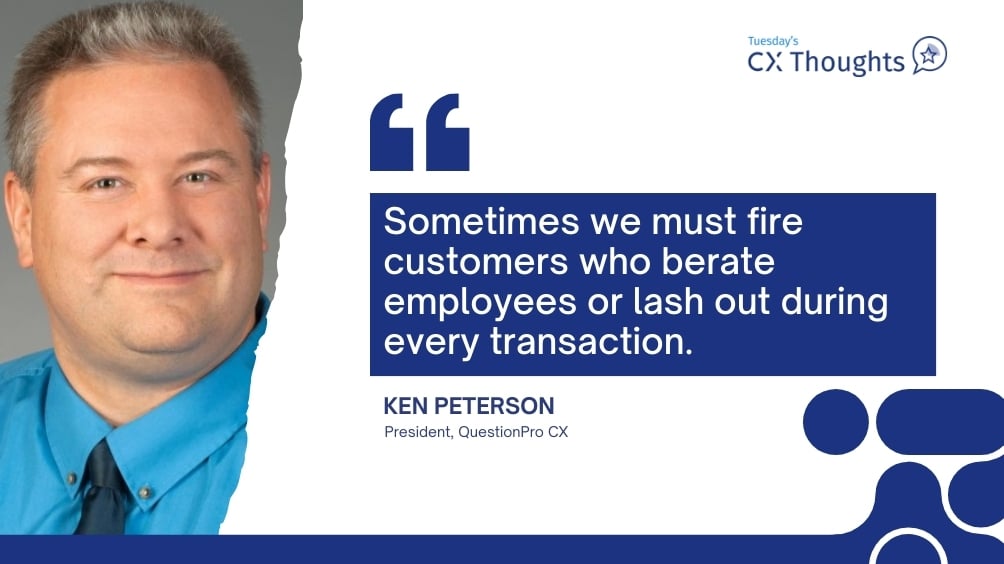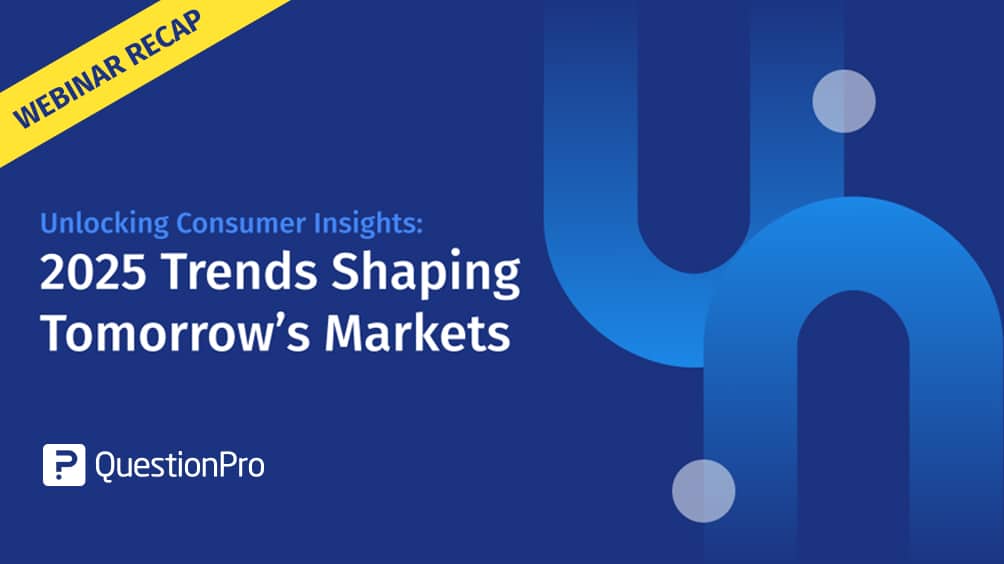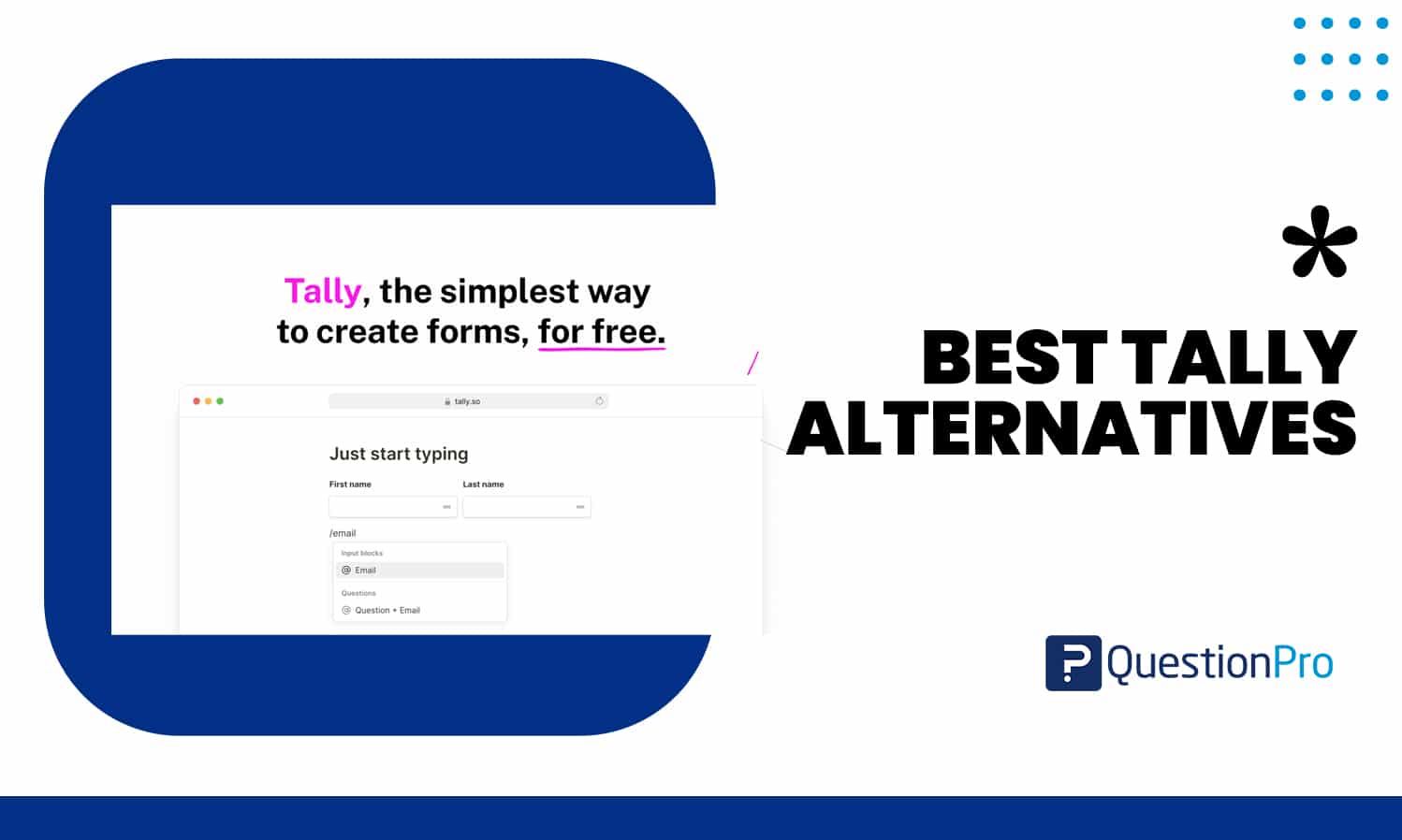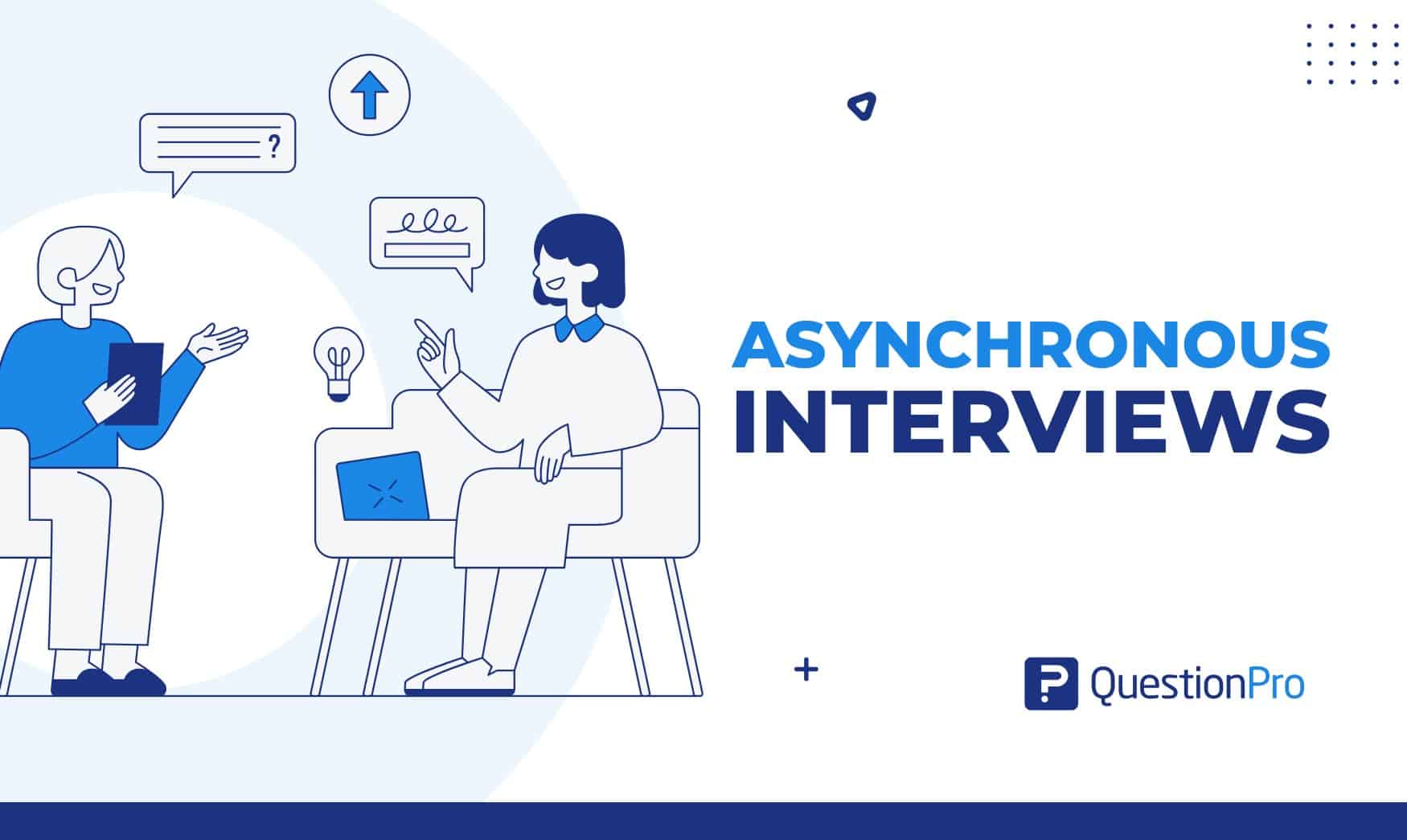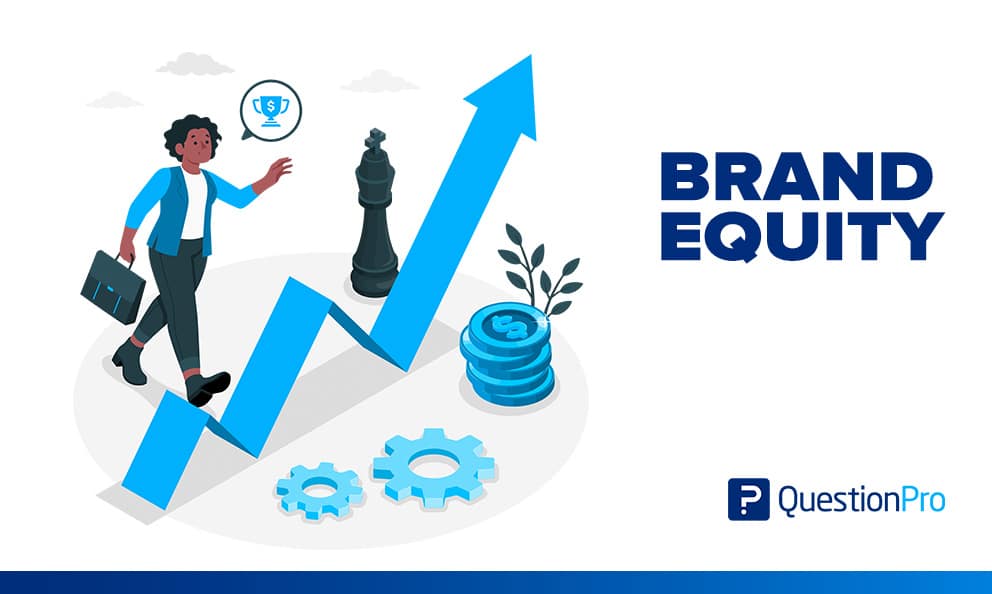
Today more than ever, brands face the challenge of capturing and maintaining their market share and building customer loyalty. That is why today we are going to learn what brand equity is and the importance of building and managing it in the long term.
Brand equity is a complex and multi-dimensional concept, but understanding it remains critical for a brand to develop its competitive potential.
Let’s learn more about this concept and how it contributes to the success of your business
What is brand equity?
Brand equity refers to how familiar consumers are with your company and your brand measurement. When it comes to promoting your products and services, it is one of the first important steps you need to take.
It is a concept that tries to explain and quantify the fact that consumers respond better to the marketing campaigns of a product or service of a certain brand than of another.
From the consumer’s point of view: the value of a brand is the sum of the positive and negative associations towards a brand.
From the organization’s point of view: value is the consumer’s perspective perceived as an intangible asset in the income statement.
What are the components of brand equity?
For some specialists, brand equity is made up of certain elements, including: brand loyalty, brand awareness, perceived value, brand association, and other proprietary assets.
Brand loyalty
Brand loyalty dictates that a consumer who truly believes in the value of a brand’s offerings typically makes frequent and repeat purchases from it rather than switching brands.
High brand loyalty ensures that the business is stable and consistent, and enables the organization to capture a greater market share.
LEARN ABOUT: Brand health
Brand awareness
Brand awareness refers to the degree to which a brand is known or recognizable to a consumer.
A brand with a high value will come to a customer’s mind when looking for a specific product.
Perceived quality
This element focuses on the brand’s reputation for the high quality of its products and the customer experience.
Good quality is valued more than product features, and consumers are often willing to pay more for high-quality products than other brands.
Brand association
Brand association implies anything related to the brand, evoking positive or negative feelings, for example, the functional, social or emotional benefits of a product.
More generally, this relates to the overall image of the brand and what consumers associate with that image: if consumers predominantly associate positive attributes with the brand, then the brand possesses high brand equity.
Other owned assets
Assets include patents, trademarks, and channel or business partner relationships.
These assets are vital to ensure that other brands cannot compete by operating under a similar name or using very similar packaging, which can confuse consumers and compete with a brand’s customer base.
social media (both with the brand and with the members of the brand’s community).
How to build brand equity?
Creating strong value is the foundation of an organization’s long-term success. Here are some ways to do it:
-
Create brand awareness
This can be done by creating positive, strong and unique brand attributes that consumers will retain in their minds, for example.
- Advertising your brand in different media
- Participate in social media
- Creating viral content (videos, campaigns)
-
Position your brand in the market
The overall culture of a brand (including its beliefs, values, and points of interest) should be consistent so that consumers are not confused or in doubt about what the brand stands for.
Of course, you can make the changes, as long as they correspond to the changing needs of consumers or to external economic and social factors.
-
Emphasize positive brand associations
Strong brand associations are crucial to creating loyalty to your brand. Here are some tips for consumers to see the positive side of your brand:
- Use innovative and eye-catching advertising media, highlighting the main functional, social or emotional benefits of your product.
- Ensure that the company behind the brand is socially responsible and establishes ethical business practices
- Look for celebrity endorsements.
-
Focus on building relationships
It is mainly consumers who determine the strength of value; therefore, it is essential to build and maintain positive relationships with your target segments. Managers can do it in simple ways such as:
- Be in contact with customers through social media
- Provide excellent customer service at all times
- Follow up on negative press or comments, listening and responding
How to measure brand equity?
Perhaps the most difficult aspect of brand equity is how to calculate it, as there is no single or consistent metric that brands can use to measure consumers’ subjective responses and emotions.
However, it remains an essential function, as losing sight of the strength of value can affect results and the ability to compete.
Quantitative measurements
It is about measuring the value of the brand through financial metrics, which reflect the necessary strength of the brand. These metrics include
- Profit margins
- Price sensitivity. Known in economics as price elasticity, and refers to the extent to which consumer demand will react to changes in price
- Cost effectiveness
- Growth rate
- Market share percentage
- Purchase frequency
Qualitative measurements
These measurements cannot measure the value of the brand as such, but they are an essential means of knowledge. Qualitative methods can include:
- Follow up on social media reactions to your brand to assess the level of “noise” it creates.
- Conducting surveys or discussion groups to assess the emotions and feelings of consumers, which indicates the value of your brand for them.
- Carrying out focus groups to evaluate the knowledge that consumers have of various brands within a market, to know which are their favorite brands.
Importance of managing brand equity
Managing brand equity is essential to achieving various competitive advantages, which will drive profitable growth.
Brands with high brand equity are exposed to much less risk when introducing line extensions or extending their brand name to new products, as the brand name alone has value.
It is also said that brand equity enhances the customer’s ability to interpret and process information and make the purchase decision with confidence.
Thus, an organization with a high brand equity can capture and retain a large part of the required market share by acquiring a loyal customer base that will not leave with the competition.
Brands with strong value are often better able to attract talent and investor confidence.
The same goes for suppliers, who can be more confident that the business will be consistent when signing contracts.
In summary, the value of the brand represents something extremely important and includes the knowledge that the consumer has of it, the associations it makes with the brand, the way in which it perceives the quality of its products and the degree of loyalty of consumers towards her.
Brand equity is an important component of marketing strategies, as it has a significant impact on a brand’s ability to maintain long-term competitive advantage.
If you want to monitor and evaluate the value of your brand, at Question Pro we have online and offline data collection tools that will allow you to monitor the sentiment of your consumers towards your brand.
LEARN ABOUT: Data Asset Management




